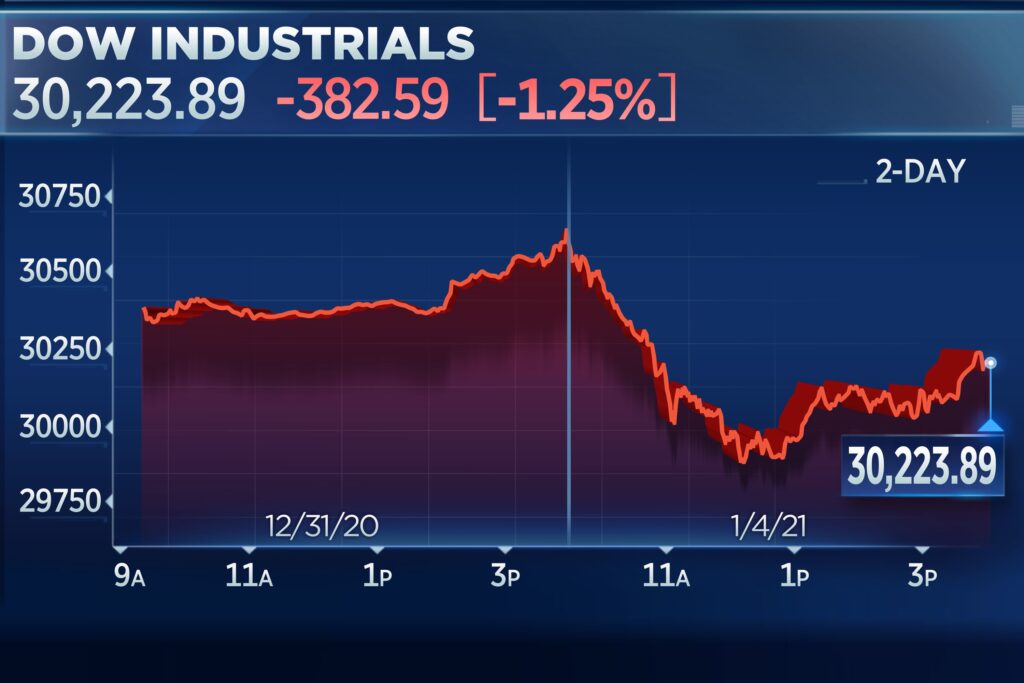
Welcome to the Commodities sub-category of the INVESTING IT section on EarnLearnSaveInvest.com.
Commodities, ranging from gold and silver to oil and agricultural products, play a crucial role in the global economy.
This guide will provide you with essential knowledge and practical insights to explore the world of commodity investing, diversify your portfolio, and navigate the unique dynamics of commodity markets.
Understanding the Basics
What Are Commodities?
Commodities are physical goods or raw materials that can be bought and sold. They are categorized into two main types: hard commodities (natural resources like oil, gold, and agricultural products) and soft commodities (livestock and crops).Key Commodities:
Explore major commodities like precious metals (gold, silver), energy commodities (oil, natural gas), industrial metals (copper, aluminum), and agricultural commodities (corn, soybeans).
Getting Started
Define Your Investment Objectives:
Clearly articulate your goals in commodity investing. Are you looking for a hedge against inflation, portfolio diversification, or potential capital appreciation?Risk Assessment:
Commodities can be volatile, and prices are influenced by various factors such as supply and demand, geopolitical events, and economic conditions. Assess your risk tolerance before entering the commodity markets.Educate Yourself:
Understand the fundamentals of supply and demand, commodity cycles, and the impact of global events on commodity prices. Stay informed about market trends and specific factors influencing each commodity.
Research and Analysis
Supply and Demand Dynamics:
Analyze supply and demand factors for the commodity you’re interested in. Changes in production, consumption patterns, and geopolitical events can significantly impact prices.Global Economic Indicators:
Commodity prices are often linked to broader economic trends. Monitor economic indicators such as GDP growth, inflation rates, and interest rates to anticipate potential commodity price movements.
Execution and Management
Selecting Investment Vehicles:
Choose suitable investment vehicles to gain exposure to commodities, such as commodity futures, commodity-focused exchange-traded funds (ETFs), or commodity-specific stocks.Diversification:
Diversify your commodity investments to spread risk across different sectors. Consider the unique factors affecting each commodity to optimize your portfolio.Understanding Futures Contracts:
If investing in commodity futures, familiarize yourself with futures contracts, margin requirements, and the mechanics of commodity futures trading.
Risk Management
Monitor Market Conditions:
Stay vigilant about market conditions, global events, and factors influencing commodity prices. Regular monitoring enables you to make informed decisions and adjust your strategy as needed.Use Risk Mitigation Tools:
Consider risk mitigation tools such as stop-loss orders to limit potential losses and protect your investment capital.

Investing in commodities offers a unique opportunity to diversify your portfolio and participate in the global economy.
Whether you’re drawn to the stability of precious metals or the dynamics of energy markets, this Commodities section will provide you with the knowledge and tools to navigate the complexities of commodity investing confidently.
Stay tuned for more in-depth guides, market analyses, and expert tips to enhance your commodity investment journey.


